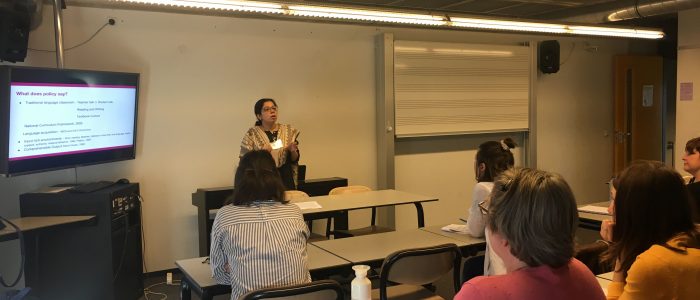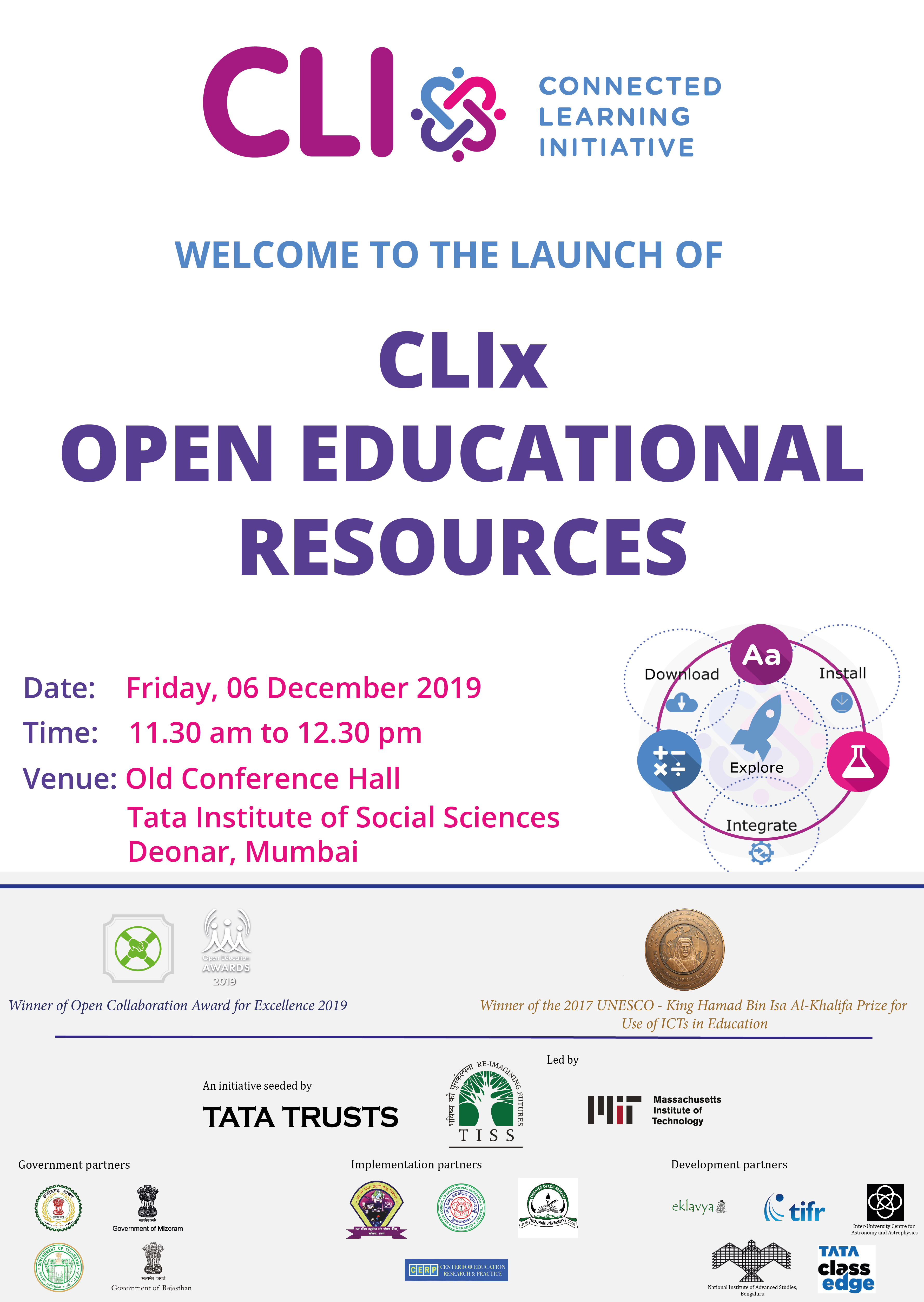CLIx at the MATSDA Conference 2017
It was about four months ago that Sujata and I spotted a call for papers (CfP) for the Materials Development Association conference to be held on 10th and 11th June 2017 in Tilburg, The Netherlands. The CfP announced ‘meaning-focused materials for language learning’ as the theme. We were excited. It seemed the perfect platform to talk to a larger audience about the rigorous materials creation process we had been immersed in since 2015. With some hesitation, we sent an abstract describing the context of our work and the nature of the computer assisted language learning (CALL) materials we had designed for high school students.
Fast-forward a few months and one fine afternoon we found ourselves on the rain-glazed, cobbled streets of Amsterdam, dodging cyclists, lugging our suitcases, trying to find our hotel. Though the air was fresh after a spell of rain, bitingly cold winds painfully reminded us how far we were from home. We’d spent the last few weeks agonising over how best to present our work to an international audience. Karuna from the production team, with her characteristic flair for conceptualisation, had helped us put together an impeccable presentation. Yet, we had butterflies in our stomach.
The conference was a rather intimate gathering of people from 20 countries. The plenary speakers included Brian Tomlinson, Hitomi Masuhara (University of Liverpool) and Anne Burns (University of New South Wales and Aston University).Thirty presentations were made on topics ranging from materials creation, assessments, teacher education, technology and language teaching and English for specific purposes.
Our fears were allayed when our presentation received applause and appreciation. The authentic quality of the materials appealed to the audience while the scale of the project impressed them. We answeredquestions about how the materials were conceived and the steps involved in designing and producing it.
The feedback felt like a huge validation of our work as a team. All our doubts, questions and differences in the team that went into developing the materials now seemed justified. CLIx English is a product of true cross-team collaboration and for that, we are thankful to everyone who pitched in.
(Jennifer Thomas and Sujata Bhonsale, English team, CLIx)







Congratulations to CLix English team for their paper presentation in various International conferences.
I think it would be better if you give the link to your papers so that it would be useful for other members to get some insights from your papers.
Thank you
Jani Reddy
Hyderabad, Telangana